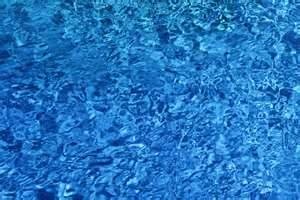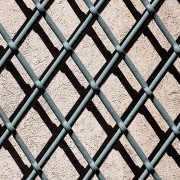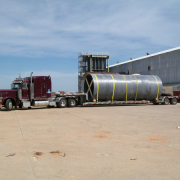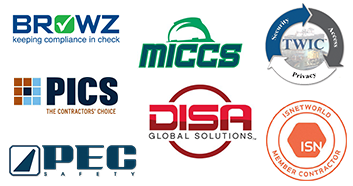Corrosion Resistance Makes FRP Ideal for Handling Sodium Hypochlorite

There are many compounds used in industrial processes that require special considerations and materials when handling them. Sodium Hypochlorite (NaClO) is not an exception. NaClO is an unstable compound that is used in water purification, typically on a large-scale for surface purification, bleaching, odor removal, and water disinfection. Sodium hypochlorite is poisonous for water organisms- hence its use in water purification and water treatment.
Developed in France, in the late 1700’s, it has been used both domestically and industrially (originally to whiten cotton), for its stain removal and bleaching/whitening abilities. Sodium hypochlorite is a clear, slightly yellowish solution with a characteristic odor. As a bleaching agent for home use it usually contains 5% sodium hypochlorite with a pH of around 11.
In an industrial application, it most likely contains concentrations of approximately10-15% sodium hypochlorite (with a pH of around 13, it burns and is corrosive). Because this compound is unstable and corrosive special regulations and specifications must be met when processing or handling it. Fiberglass Reinforced Polymers (FRP), provide a perfect answer to handling this and other chemical compounds.
FRP custom products are unique in many ways, but one attribute has gotten a lot of attention recently- corrosion resistance. FRP products can be formulated with special resins and advanced laminate scheduling techniques to provide a corrosive or abrasive barrier. This is particularly useful in FRP products such as pipe, ductwork, tanks, basins, and vessels.
How does Sodium Hypochlorite React with Water?
Understanding the connection or chemical reaction that takes place between water and sodium hypochlorite can help to illustrate the inherent attributes that make FRP so valuable. The reaction that takes place my interest you.
Some basic information; when sodium hypochlorite is dissolved into water two things transpire. First, the pH of the water is increased. Secondly, two things form as a result of the chemical reaction: hypochlorous acid and the more inert hypochlorite ion.
How are Sodium Hypochlorite and Hydrochloric Acid Connected?
In some circumstances when sodium hypochlorite or any compound is used in a process, another reagent must be used to counteract it effects. In this case, the chemical reagents typically used to lower the pH of the water (during treatment) after it has increased, are hydrochloric acid (HCl), sulfuric acid (H2SO4), or acetic acid (CH3CO2H). FRP is an excellent material choice for handling corrosive, unstable, and acidic compounds.
FRP Has a Key Role in This Process
Because FRP products are so versatile and have many desirable attributes (i.e. corrosion resistance) they are the ideal choice for storage, processing, and hauling of chemicals. Another often overlooked benefit of FRP is that it is a non-reactive surface, which is critical when dealing with many chemical compounds such as sodium hypochlorite, hydrochloric acid, and sulfuric acid. FRP products can also be customized to meet industry regulations, specifications, and codes.












